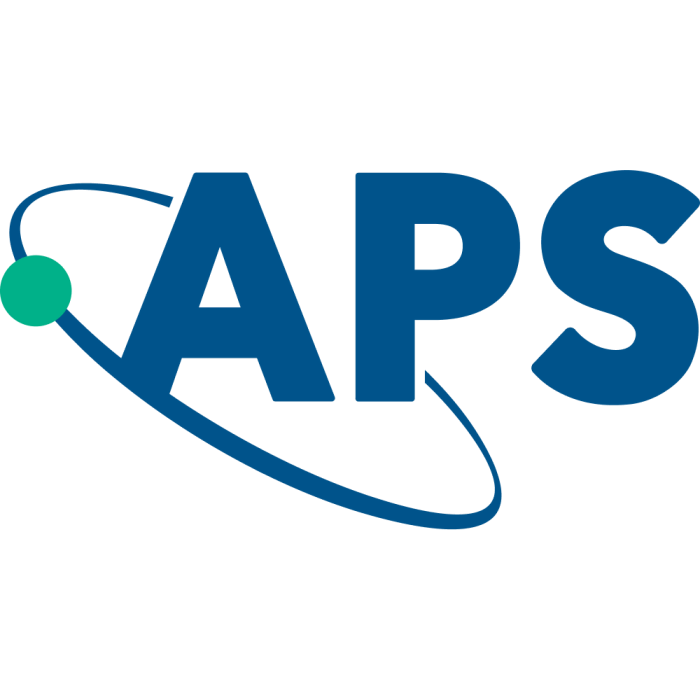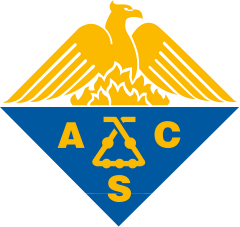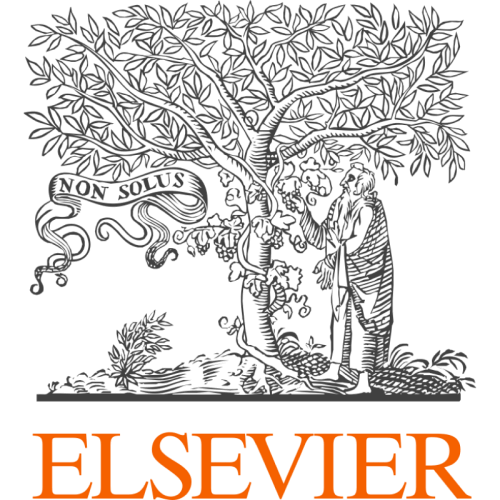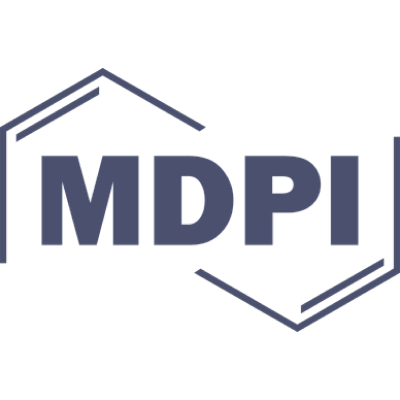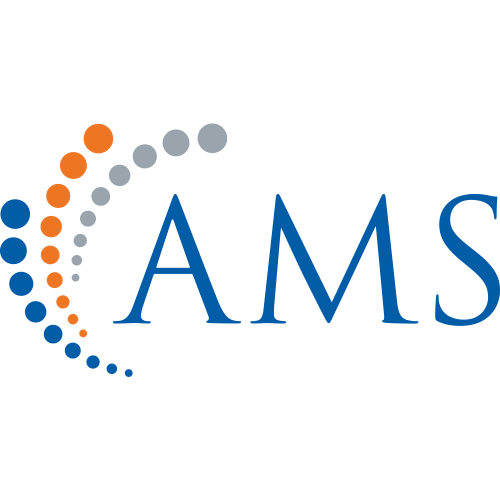Journal of Physics Condensed Matter, volume 32, issue 37, pages 374010
The history of spin ice
STEVEN T. BRAMWELL
1
,
Mark Harris
2
Publication type: Journal Article
Publication date: 2020-06-18
Journal:
Journal of Physics Condensed Matter
scimago Q2
wos Q3
SJR: 0.624
CiteScore: 4.6
Impact factor: 2.6
ISSN: 09538984, 1361648X
PubMed ID:
32554893
Condensed Matter Physics
General Materials Science
Abstract
This review is a study of how the idea of spin ice has evolved over the years, with a focus on the scientific questions that have come to define the subject. Since our initial discovery of spin ice in 1997, there have been well over five thousand papers that discuss it, and in the face of such detail, it must be difficult for the curious observer to ‘see the wood for the trees’. To help in this task, we go in search of the biggest insight to have emerged from the study of spin ice. On the way, we identify highlights and outstanding puzzles, and celebrate the inspirational role that Roger Cowley played in the early years.
Nothing found, try to update filter.
Skjærvø S.H., Marrows C.H., Stamps R.L., Heyderman L.J.
Edberg R., Sandberg L.Ø., Bakke I.M., Haubro M.L., Folkers L.C., Mangin-Thro L., Wildes A., Zaharko O., Guthrie M., Holmes A.T., Sørby M.H., Lefmann K., Deen P.P., Henelius P.
Barry K., Zhang B., Anand N., Xin Y., Vailionis A., Neu J., Heikes C., Cochran C., Zhou H., Qiu Y., Ratcliff W., Siegrist T., Beekman C.
Raban V., Suen C.T., Berthier L., Holdsworth P.C.
Gaudet J., Smith E. ., Dudemaine J., Beare J., Buhariwalla C. ., Butch N. ., Stone M. ., Kolesnikov A. ., Xu G., Yahne D. ., Ross K. ., Marjerrison C. ., Garrett J. ., Luke G. ., Bianchi A. ., et. al.
Paulsen C., Giblin S.R., Lhotel E., Prabhakaran D., Matsuhira K., Balakrishnan G., Bramwell S.T.
Bovo L., Rouleau C.M., Prabhakaran D., Bramwell S.T.
Kaiser V., Bloxsom J., Bovo L., Bramwell S.T., Holdsworth P.C., Moessner R.
Giblin S. ., Twengström M., Bovo L., Ruminy M., Bartkowiak M., Manuel P., Andresen J. ., Prabhakaran D., Balakrishnan G., Pomjakushina E., Paulsen C., Lhotel E., Keller L., Frontzek M., Capelli S. ., et. al.
Sibille R., Gauthier N., Yan H., Ciomaga Hatnean M., Ollivier J., Winn B., Filges U., Balakrishnan G., Kenzelmann M., Shannon N., Fennell T.
Östman E., Stopfel H., Chioar I., Arnalds U.B., Stein A., Kapaklis V., Hjörvarsson B.
Bramwell S.T.
Twengström M., Bovo L., Gingras M.J., Bramwell S.T., Henelius P.
Are you a researcher?
Create a profile to get free access to personal recommendations for colleagues and new articles.
Metrics
70
Total citations:
70
Citations from 2024:
35
(50%)



